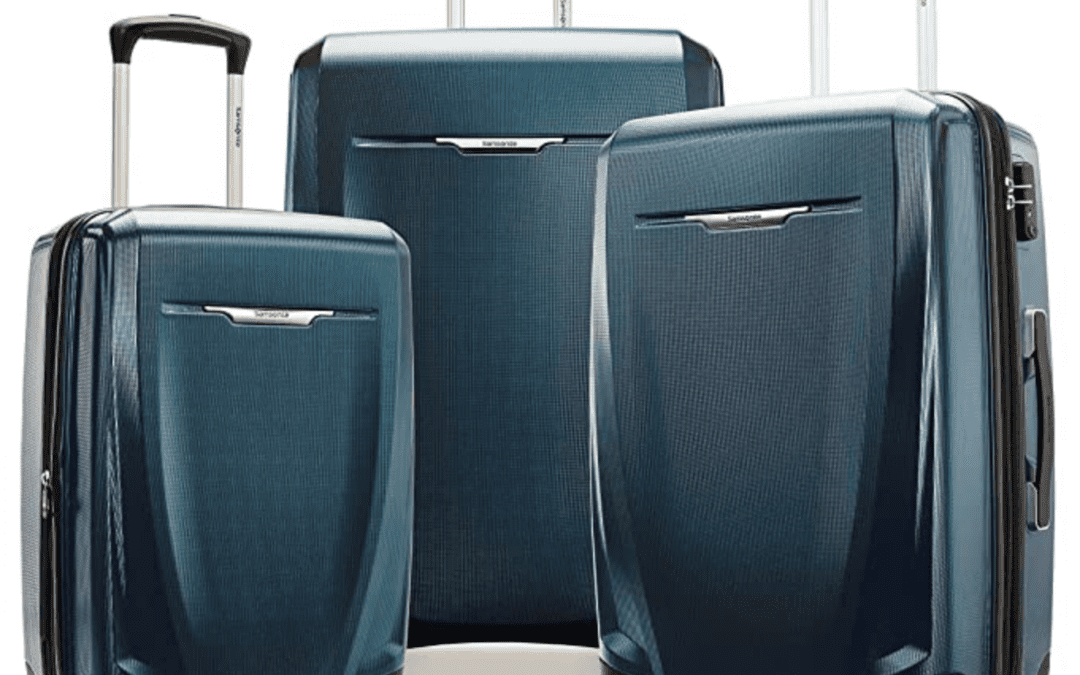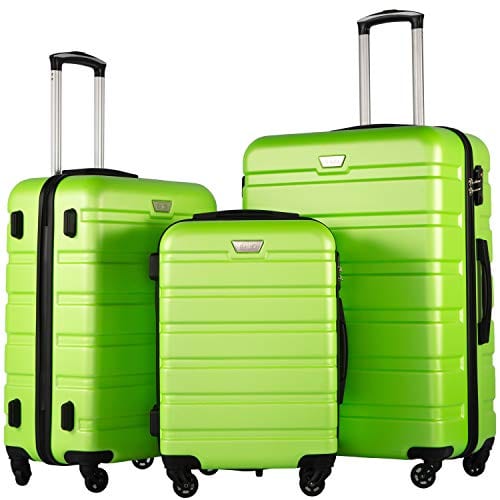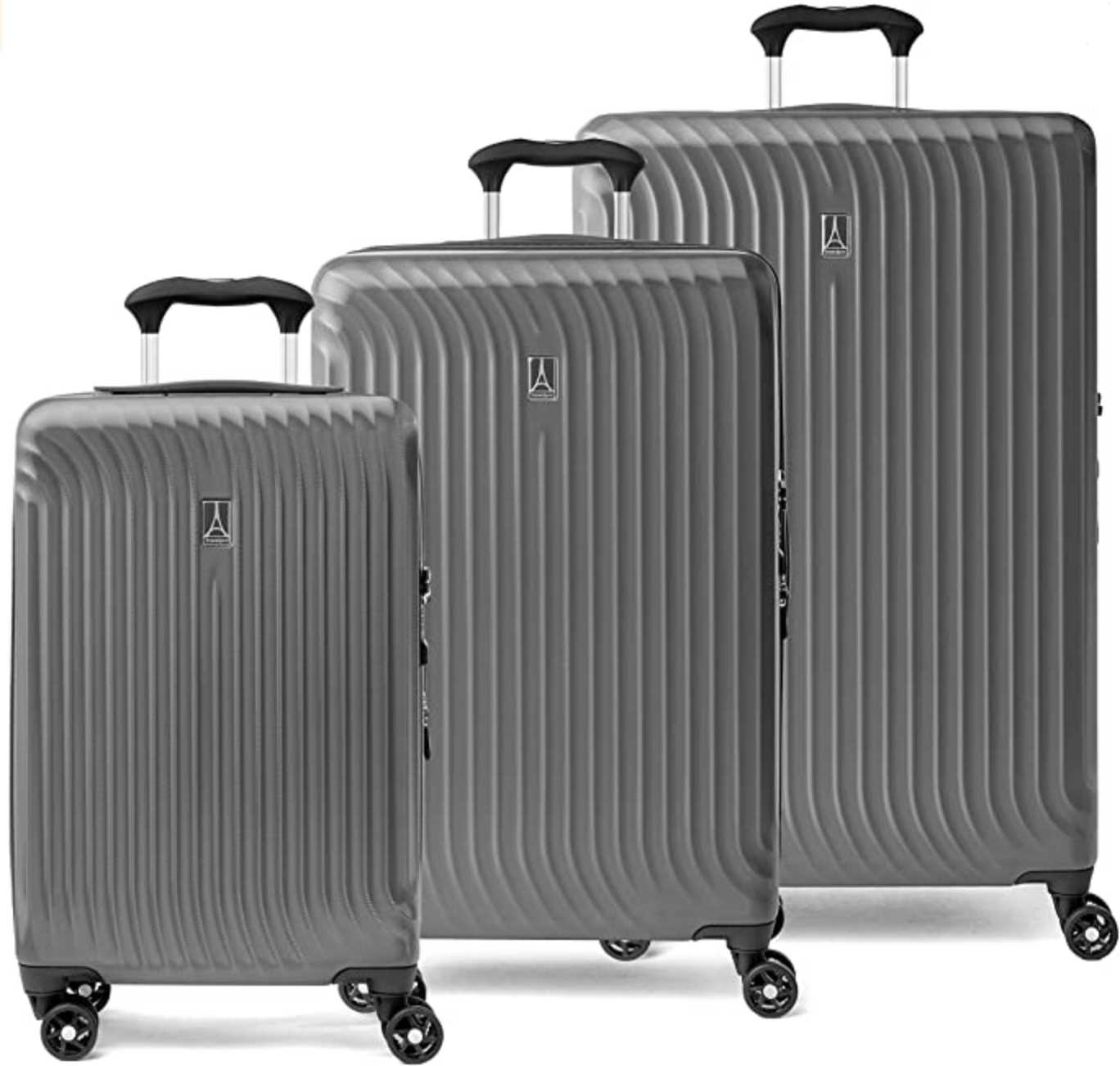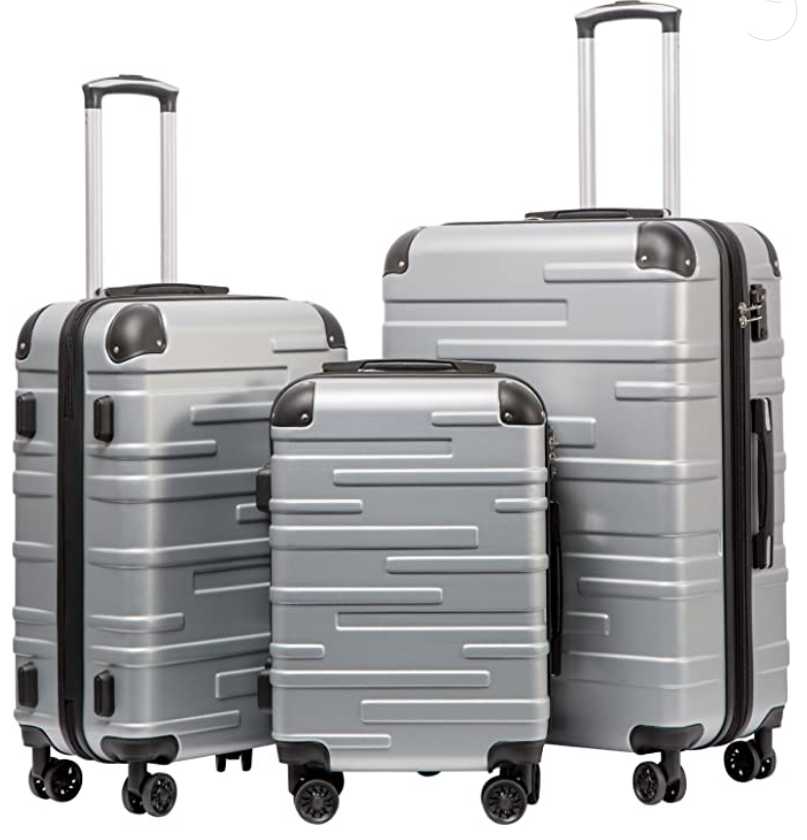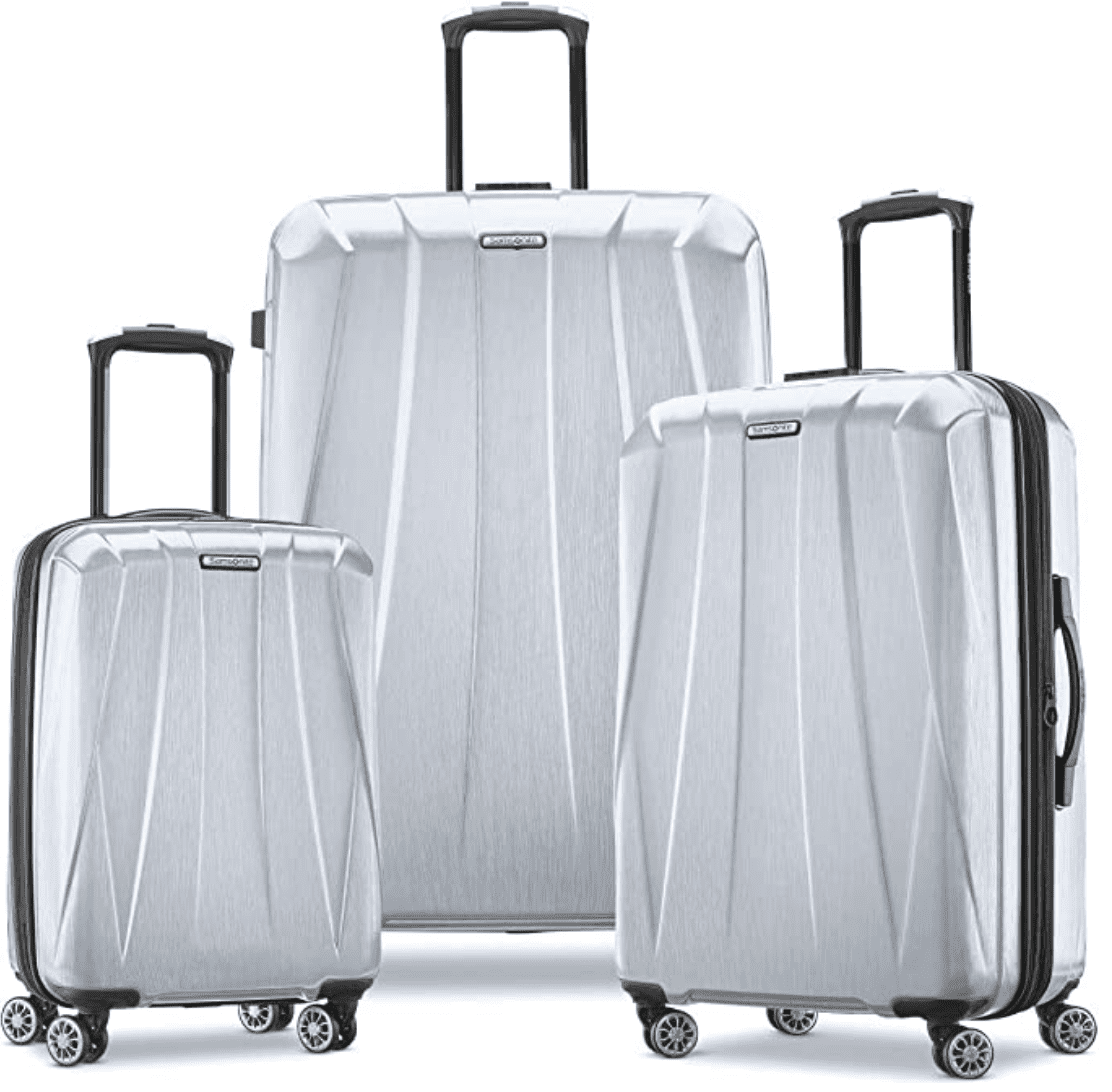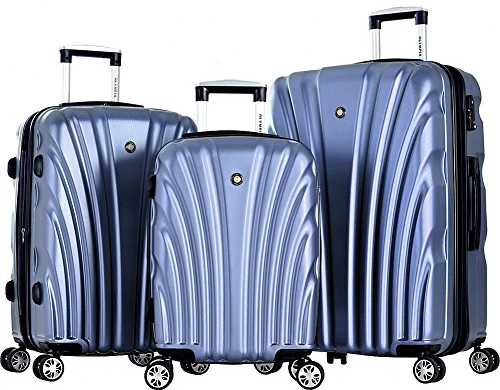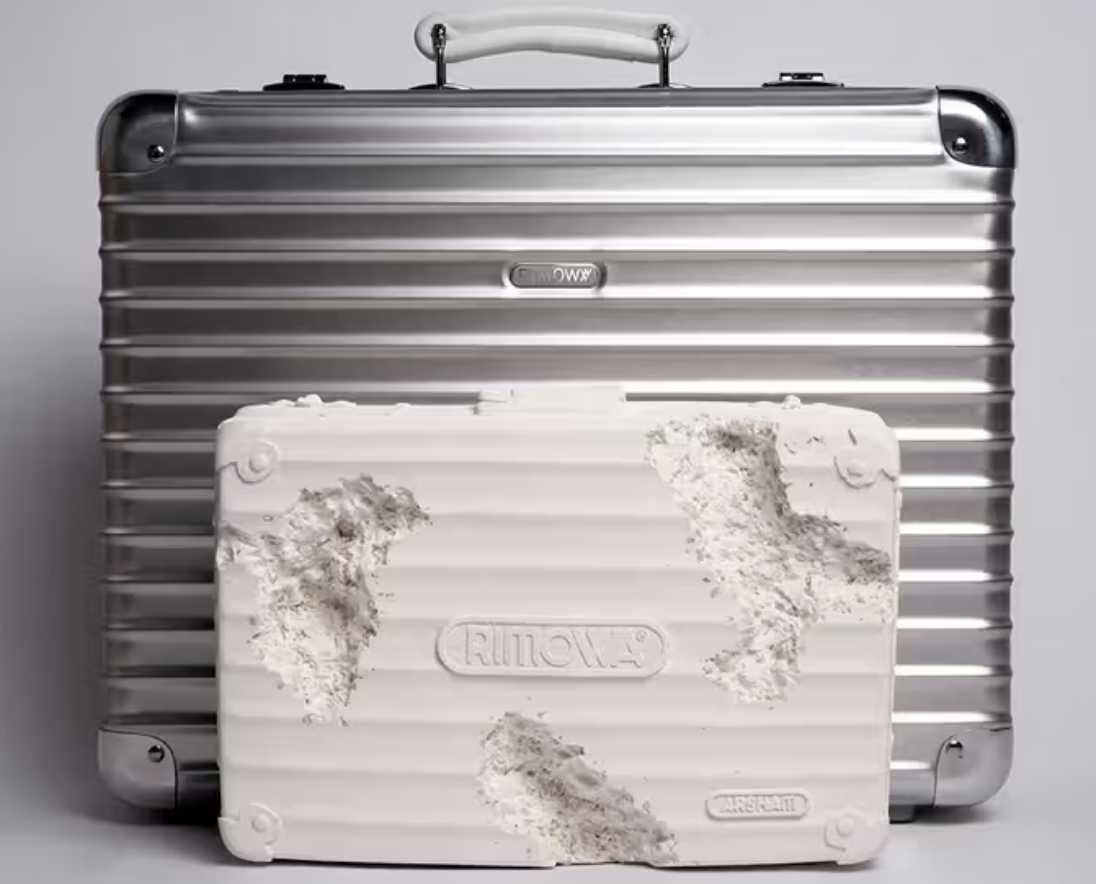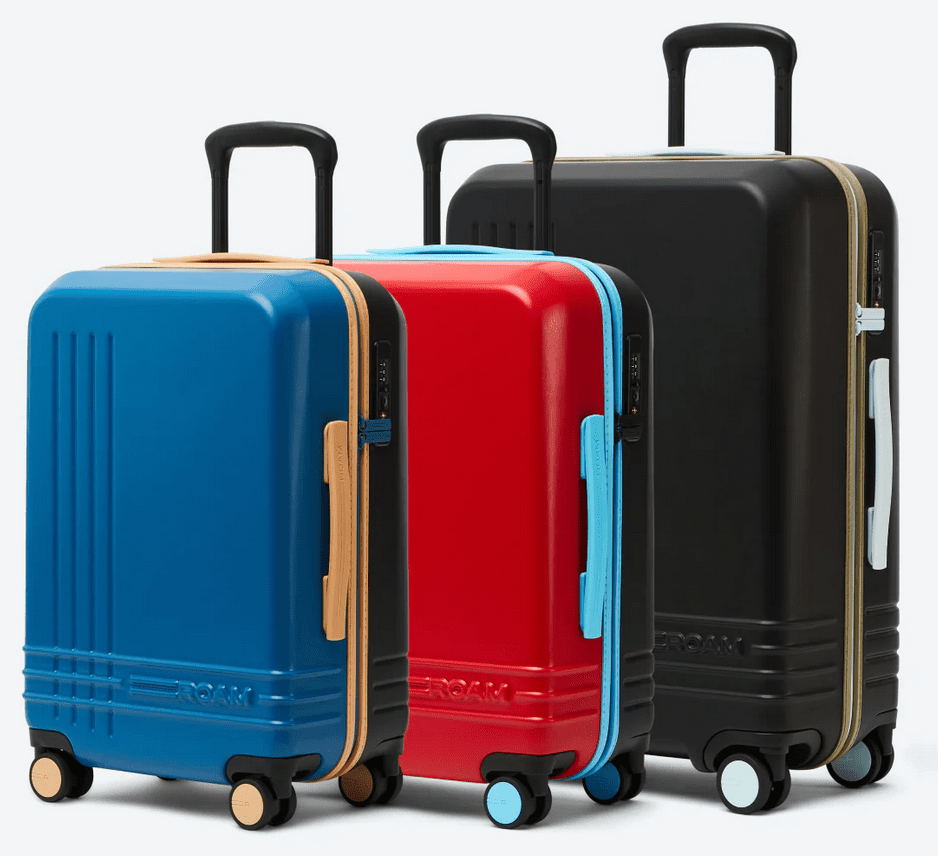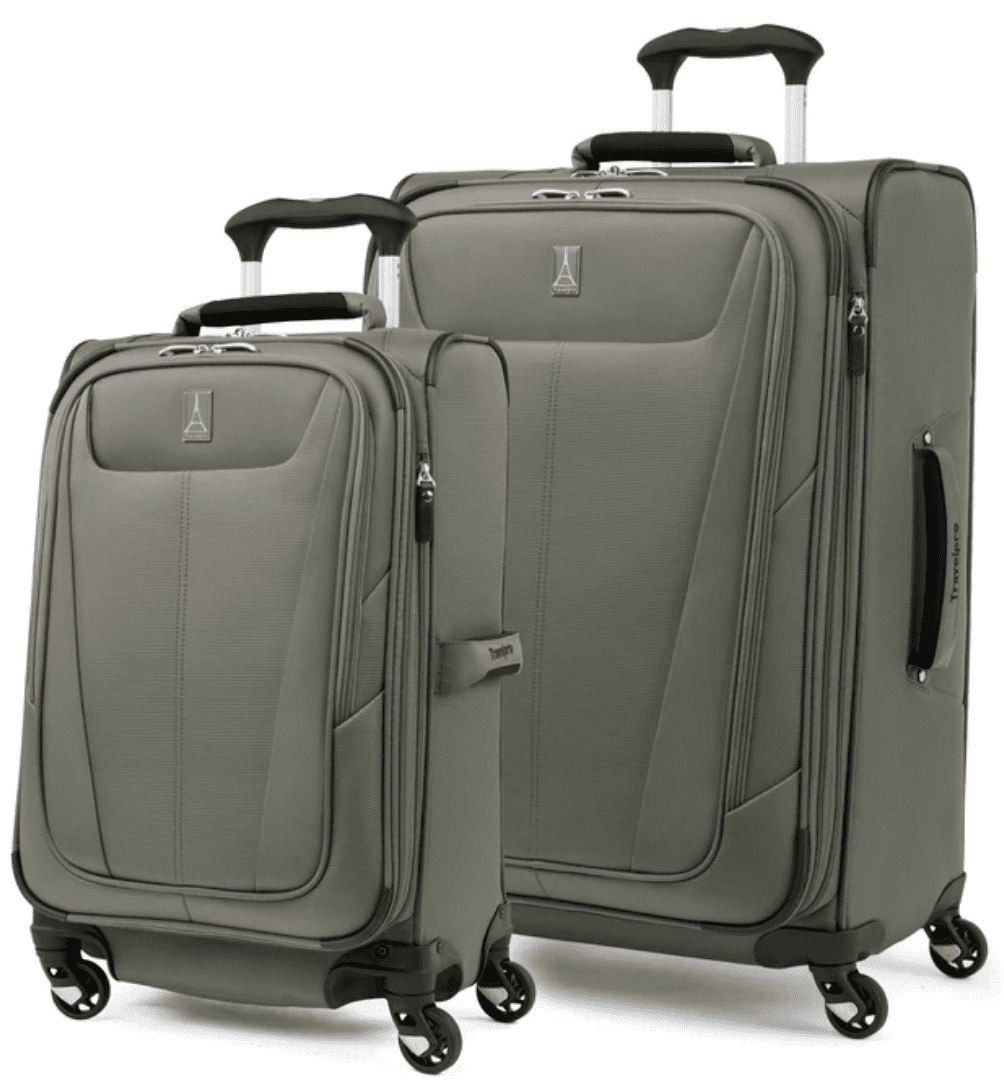In the luggage market numerous suitcase brands claim to offer “luxury” suitcases, but often they are often overpriced products constructed from low-quality materials. By familiarizing yourself with the fundamentals of various luggage materials, you can distinguish between well-crafted suitcases and those that are exorbitantly priced. It is crucial to possess a dependable and sturdy travel suitcase, whether you are embarking on a business trip, vacation, or visiting your family home, particularly when carrying delicate and sensitive items that need to arrive intact.
To attain peace of mind, it is essential to compare polypropylene, polycarbonate, and ABS luggage to find the most suitable option that caters to your requirements. Opt for a suitcase that not only accommodates all your belongings but also ensures their safety even in demanding conditions.
Regardless of whether you are traveling domestically or internationally, there are several airport guidelines that must be followed. Paying close attention to the size and weight of your luggage is crucial unless you are willing to incur substantial additional fees.
Having the appropriate polycarbonate, polypropylene, or ABS luggage tailored to your needs will greatly assist in meeting the weight requirements for checked baggage. No one wants to pay extra fees for overloading your packing space. 😩 The difference between cheaper material and very expensive material might not be as much as you think. So whether you are looking for polypropylene luggage, nylon bags, or just durable luggage in general, let’s dive into each type of hardside luggage material.
Table of Contents
Why Hard Sided Luggage?
Acrylonitrile Butadiene Styrene (ABS)
Polycarbonate (PC)
ABS/PC Composite
Polypropylene (PP)
Polyethylene Terephthalate (PET)
Aluminum
Carbon Fiber Luggage
Hard Sided Luggage vs. Softside Luggage
Luggage Time?
Why Hard Shell Suitcases?
Hardsided luggage has gained immense popularity among travelers for several compelling reasons. One significant factor is the desire for enhanced protection and security for personal belongings. People value the peace of mind that comes with knowing their possessions are well-guarded during transit. Hardsided luggage is designed with durable materials, such as polycarbonate or aluminum, which offer superior resistance to impact, rough handling, and even harsh weather conditions. This robust construction provides a reliable shield against potential damage, reducing the likelihood of items getting crushed or broken.
Furthermore, the hard exterior acts as a deterrent against theft, as it is more difficult to breach compared to soft-sided alternatives. In an era where travel is becoming increasingly hectic and unpredictable, individuals appreciate the added reassurance that their cherished belongings remain safeguarded within the sturdy confines of hardsided luggage.
ABS, short for Acrylonitrile Butadiene Styrene, is a composite material consisting of three different components. While it finds applications in various industries, it has become particularly popular for manufacturing hardsided suitcases, especially in the affordable luggage segment, owing to its cost-effective production. Research shows that approximately 28.5% of hardsided suitcases are constructed using ABS.
Compared to other plastics utilized in hard-shell suitcases, ABS offers the highest level of rigidity. However, its rigidity does not directly translate to durability, as polypropylene and polycarbonate exhibit greater resilience and longevity. Due to the non-flexible nature of ABS, an ABS suitcase is likely more prone to developing cracks in the hard casing over time.
One advantage of ABS is its relatively lightweight nature compared to other plastics used in luggage manufacturing. While it is slightly lighter than polycarbonate, it is not as lightweight as polypropylene. Consequently, cheaper hardsided suitcases often boast lighter weights than their more expensive counterparts made from polycarbonate.
ABS suitcases generally range in price between $50 and $200, with an average price of $125. For short-term travel needs, ABS proves to be sufficient. However, if you are a seasoned travel whom needs quality for the best luggage material to last a long time, we would recommend a higher price point luggage material that is extremely durable and can withstand extreme temperatures.
Polycarbonate (PC)
According to recent research, polycarbonate dominates the hardsided suitcase market, constituting 42% of the total. Its popularity stems from its exceptional flexibility, which is noticeable as soon as one picks up a polycarbonate suitcase. This flexibility grants it a higher resistance to cracks, making it an ideal choice when durability is paramount.
In terms of weight, polycarbonate is slightly heavier than other luggage plastics but not significantly so. The variances in weight among different plastics are minimal (with a mere 12% difference from the lightest plastic, polypropylene), thereby minimizing concerns related to weight.
However, polycarbonate luggage durable qualities, comes at a higher cost compared to ABS and polypropylene. Our research indicates that polycarbonate suitcases are priced between $150 and $925, with an average price of $315. It is worth noting that there are numerous polycarbonate options available under $200, which offer ample durability for frequent travel.
Among the recommended choices for polycarbonate luggage is the Travelpro Maxlite 5 hardside. It stands out as an affordable, durable option and is even one of the lightest suitcases we have come across. The polycarbonate plastic is an excellent suitcase material that can be abrasion resistant and water resistant.
ABS/PC Composite
Another popular material used in affordable hardside luggage is an ABS/Polycarbonate composite, which is essentially an ABS frame layered with an additional polycarbonate film. About 13% of all hardside suitcases are made from ABS/PC composites.
It’s definitely an improvement over regular ABS because adding a layer of Polycarbonate on the exterior highly reduces the chances of cracks. This material is a bit more rigid than pure polycarbonate, but it’s still much more flexible than regular ABS plastic.
In terms of weight, it’s one of the lightest plastics used in hardside luggage, right after polypropylene. But although it’s very lightweight, this material is somewhat durable (not as durable as polycarbonate, but more durable than regular ABS).
ABS/PC suitcases are usually priced between 80$ – 275$, with an average price of 154$. If you manage to find an ABS/PC suitcase below 120$, such as the Coolife hardside spinner, you can consider it a very good deal, and our advice would be to not pay over 200$ for ABS/PC suitcases.
Polypropylene (PP)
Polypropylene is less commonly utilized in the construction of hardsided luggage compared to ABS or polycarbonate, accounting for only 8% of all hardside suitcases.
As the lightest material employed in hardsided luggage, polypropylene luggage offers a notable advantage. In terms of durability, it falls somewhere between ABS and pure polycarbonate, surpassing ABS but not reaching the same level of resilience as polycarbonate alone. Polypropylene suitcases generally prove to be suitable for frequent travel requirements.
Some travelers have noticed that polypropylene luggage or suitcases can sometimes feel inexpensive. Due to their lightweight and flexible nature, there may be a perception of reduced durability. However, this is not the case, as the flexibility of polypropylene renders it less susceptible to cracking.
Polypropylene suitcases are typically priced similarly to polycarbonate options, ranging from $110 to $850, with an average price of $315. Several polypropylene suitcases can be found under $200, and it is advisable not to exceed a price point of $250.
An excellent choice in the realm of polypropylene suitcases is the Samsonite Freeform spinner. It offers a combination of durability, lightweight design, and reasonable pricing, making it a solid option for travelers. Samsonite is also a renowned and trusted brand that uses ballistic nylon for many of their soft sided luggage pieces, and polypropylene for their hardside luggage.
Polyethylene Terephthalate (PET)
Polyethylene Terephthalate (PET), although rare in hardsided suitcases, can occasionally be found in the market. According to recent studies, PET constitutes a mere 1.5% of all hardside suitcases.
PET, or rPET (recycled PET), is essentially the same material used in plastic bottles. In terms of durability, it is comparable to ABS, meaning it is not highly durable. PET suitcases are typically suitable for leisure travel purposes, and they are commonly chosen by more budget-oriented luggage brands.
The primary advantage of PET lies in its environmental friendliness, surpassing other plastics in this aspect. Unlike ABS, PET does not produce any odors in the final product. Additionally, PET can be manufactured from recycled plastic bottles, making it the most environmentally-friendly option available.
On average, PET suitcases are priced at between $100 – $250, and it is recommended not to exceed that price point when considering a purchase.
Aluminum
Approximately 6.5% of all hardside suitcases are constructed using aluminum, making it a relatively less common material choice. However, it stands out as the most durable option among hardside luggage materials. Instead of cracking, aluminum suitcases tend to dent upon impact. Remarkably, these dents can often be reversed by striking the opposite side, offering a unique advantage in terms of repairability.
It is important to note that aluminum is also one of the heaviest materials employed in luggage manufacturing. On average, aluminum suitcases weigh 55% more than their polypropylene counterparts (the lightest hardside plastic) and 37% more than polycarbonate (the heaviest hardside plastic).
Aluminum suitcases are undeniably considered high-end due to their exceptional durability and premium quality. Typically, they are priced between $505 and $1,570, with an average cost of $1,148. While there are some unbranded aluminum suitcases available on platforms like Amazon, ranging from $250 to $450, we did not include them in our study as we focused on popular brands. It is worth mentioning that these cheaper alternatives might lack favorable warranty terms and may not offer the same level of durability as higher-end options. However, some lower-priced alternatives, such as the Level 8 Gibraltar series, can still provide satisfactory performance, albeit with potential compromises in terms of warranty and overall durability.
One of the more renowned and popular aluminum luggage brands on the market, is Rimowa. By purchasing Rimowa, you are really purchasing aluminum luggage that is a fashion piece. Extremely well crafted and durable material, these luggage types are popular amongst the more affluent.
Carbon Fiber Luggage
Carbon fiber is a lightweight and incredibly strong material composed of thin fibers made primarily of carbon atoms. It is renowned for its high strength-to-weight ratio, making it an ideal choice for various industries, including aerospace, automotive, and sports equipment.
In the realm of expensive suitcases, carbon fiber is utilized in the construction of luggage shells or components to provide exceptional durability and impact resistance while keeping the weight of the suitcase significantly low. This allows for a lightweight and robust suitcase that can withstand the rigors of travel while offering a luxurious and high-end aesthetic appeal.
Suitcases are made with Carbon fiber luggage material will generally be much pricier that other materials. While some would argue carbon fiber is the best material for suitcases over other nylon fabrics or polyester luggage, the price point is usually significant. Tumi is a luggage brand that has an all carbon fiber suitcase called the McLaren Aero International Expandable. This is a phenomenal suitcase made of lightweight flexible material, but comes in around $1800.
Hard Sided Luggage vs. Softside Luggage
When considering luggage options, both hardside and softside luggage offer distinct benefits and drawbacks, ultimately making it a matter of personal preference. Hardside luggage, typically constructed from materials like ABS, polycarbonate, or aluminum, provides excellent protection for belongings. Its rigid structure safeguards against impacts, rough handling, and weather conditions, ensuring better protection for fragile items. Hardside luggage is also more resistant to theft due to its sturdy exterior. However, hardside luggage can be heavier, limiting packing capacity and potentially incurring overweight fees. It may also be less flexible for squeezing into tight spaces.
On the other hand, softside luggage, made from materials like nylon or polyester fabric, offers flexibility and expandability, allowing for easier packing of oddly-shaped items or additional belongings. Softside luggage is generally lighter, maximizing weight allowances and reducing strain while traveling. It is also more forgiving in terms of fitting into overhead compartments or tight spaces. However, softside luggage is generally less durable than hardside options, with a higher likelihood of wear and tear, damage from rough handling, and vulnerability to water or moisture. Soft sided luggage is still a wonderful option made of durable fabric that can be impact resistant through absorption. Soft luggage generally doesn’t have the marketing flashiness of harside luggage, but is still a popular option.
The choice between hardside and softside luggage largely depends on personal preferences and travel needs. Those seeking maximum protection, durability, and a sleek appearance may opt for hardside luggage. Conversely, travelers valuing flexibility, lightweight design, and expandability may prefer softside luggage. Ultimately, considering factors such as travel frequency, destination, the nature of belongings, and individual preferences will help determine the most suitable choice between hardside and softside luggage.
Advantages of Hardside Luggage
Disadvantages of Hardside Luggage
-
Fixed, rigid frame prevents overpacking
-
Enhanced protection for electronics and delicate items
-
Waterproof or water-repellant properties
-
Easy to clean and maintain
-
Often equipped with TSA-approved combination locks
-
Zipperless options available for increased security
-
Prone to developing cracks due to potential airline damage
-
Challenging to fit into tight overhead compartments
-
Generally 10-40% heavier than fabric luggage
-
Split-book style openings may not be optimal for packing cubes
-
Susceptible to scratches (consider using a luggage cover to minimize scratches)
Advantages of Softside Luggage
Disadvantages of Softside Luggage
-
10-40% lighter compared to hard suitcases
-
Slightly flexible frame allows for easier fitting in tight spaces
-
Scratches are less visible, maintaining a newer appearance
-
Well-suited for packing cubes and organizational accessories
-
Fabric can tear or get damaged more easily
-
Harder to clean and remove stains
-
Less resistance to water penetration
-
Offers comparatively less protection for hard objects and fragile items
-
Luggage locks are rarely included with softside options
Ultimately, the choice between hardside and softside luggage depends on individual preferences and travel requirements, taking into account factors such as durability, weight, flexibility, appearance, and protection needed for specific items.
Other Types of Bags
If hard or softshell luggage is not for you, there are plenty of different materials used in luggage for varying reasons. Duffel bags, leather bags, fabric suitcases, polyester suitcases, and ballistic nylon are to name a few. Bags made from lightweight material as such, offer similarly durable choices and popular materials for travel. Generally travelers don’t care as much about luggage materials as they do about style and price. The best hardside luggage material really comes down to what you are content with in your price range.
Our Favorite Brand
We are huge fans of Briggs and Riley. Owning several pieces, we have yet to find issue with any piece they make. Using rigid material, both the luggage materials, ballistic nylon for their soft sided luggage series and polycarbonate for their hardside series are built to last.
Luggage Time?
The decision between hardside and softside luggage, as well as the choice of materials used in their construction, ultimately comes down to personal preference. Factors such as style, appearance, reputation, reviews, and price play a crucial role in determining the satisfaction with one’s luggage choice.
It is important to consider individual needs, travel requirements, and personal taste when selecting the right suitcase. Whether opting for a sturdy hardside suitcase or a flexible softside option, the key is to be content with the chosen style and features. As long as the luggage meets one’s expectations and requirements, including considerations of durability, weight, organization, and protection for belongings, being content with the purchase is the most important aspect. Ultimately, finding the right luggage that aligns with personal preferences and serves its intended purpose will ensure a positive travel experience.

